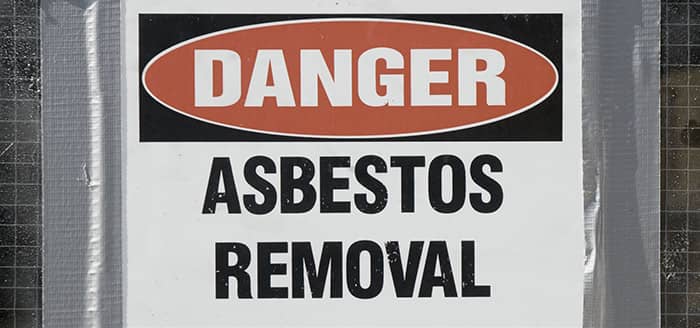Canada Bans Asbestos – Will the U.S. Be Next?

This morning, Science Minister Kirsty Duncan announced that Canada will implement a full ban on asbestos by 2018. “We are taking action that is long overdue and we are doing it in the best possible way,” said Health Minister Jane Philpott, referring to the action being taken as a “cross-government approach” at a press conference this morning.
This announcement follows a promise last May from Canadian Prime Minister Justin Trudeau to move forward on an asbestos ban. In addition to banning the import and use of asbestos in new construction and renovations, some groups have called for additional measures, including a list of all public buildings that contain asbestos and a registry of individuals who have developed asbestos-related diseases, such as mesothelioma.
Although the announcement of a Canadian ban on asbestos was expected, the exact timing was not known until Duncan’s announcement this morning.
Impacts of the Ban
The ban will be implemented through a number of new rules and regulations instituted by various agencies and departments within the Canadian government. Many of these fall under the purview of a new law known as the Canadian Environmental Protection Act (CEPA), which among other things includes updates to workplace health and safety rules that will severely reduce the extent to which employees will be exposed to the dangerous material.
In addition to new worker safety rules, building codes across the country will be updated to disallow asbestos and asbestos-containing products in any new construction or renovations. A prior ban on asbestos for all government construction was implemented in April; however, the new rules will extend to any type of construction, both public and private.
Finally, a ban will be placed on the importation of any products containing asbestos into the country. This includes not only construction materials but also items like brake pads, which historically have contained asbestos due to the heat caused by high friction when in use.
Tracking Asbestos Exposure
Beyond merely banning asbestos, a number of parties have called for help in tracking the effects of exposure to the deadly substance. This includes identifying what buildings have asbestos in them, as well as creating a registry of people who have developed mesothelioma, asbestosis, or other diseases and conditions that can be caused by asbestos.
According to the CBC, the Canadian government plans to expand the existing list of government buildings – owned or leased – known to have asbestos in them. Some provinces, such as Saskatchewan, have already developed such lists, but there is no exhaustive national list as of today. (Earlier this year the CBC had produced its own incomplete map using publicly available data.)
Additional calls by groups like the Canadian Labour Congress have been made to track victims of asbestos exposure through a voluntary national registry. Given the long history of asbestos mining and use in Canada – there’s even a city called Asbestos in the province of Quebec – many workers and their family members have been negatively affected by the carcinogen since it came into popular use in the 19th century. Asbestos mines were shut down by regulatory action in 2011, but the use of asbestos products has remained legal.
What Does This Mean for the U.S.?
There are at least sixty countries in the world, including all of the European Union member nations and others in Asia, Africa, and South America, with others expected to ban it by 2020. Due to Canada’s historical relationship with asbestos, the country’s addition to this list is notable.
But what does this mean for the United States? Sadly, not much – there’s still a lot of work to do.
Although the EPA is currently investigating a ban on asbestos, that process could still take a number of years. Plus, an investigation does not itself mean that the substance will ultimately be banned. And none of that takes into consideration the potential for shifts in focus for the agency with a new administration taking office in January.
Which is all to say that in the U.S., things are still up in the air. While there are some restrictions on the use of asbestos, and a ban on non-historical uses of the material, it is still imported and used to some degree in this country. When that might change remains to be seen.